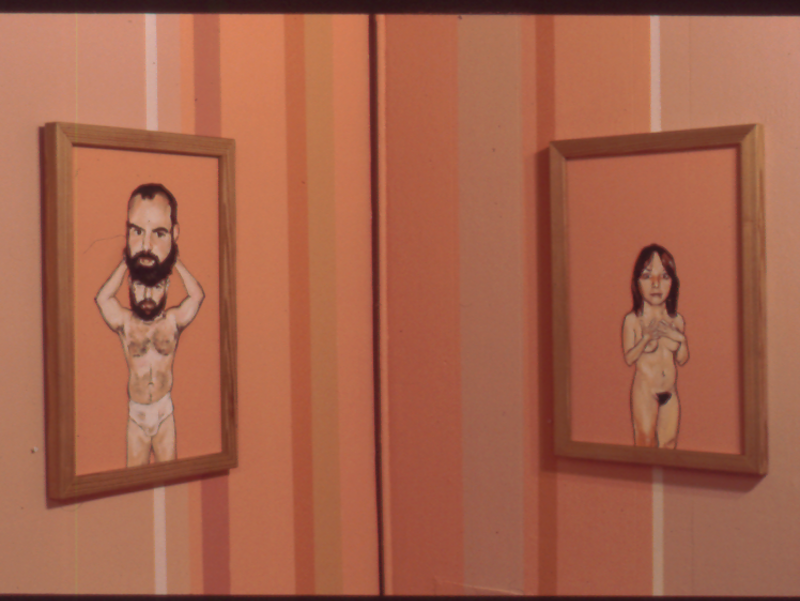Archive
Heyd Fontenot Suite Pink
Artist Statement
“When people see these paintings, sometimes they say to me, ‘I hope this doesn’t offend you, but I think that some of these are funny.’ And I reply, ;No, not at all. I think some of them are funny too.’
Prior to these paintings, my studio work had been primarily decorative and abstract. Recent commissions required illustrating the figure, and the results were exciting. I became increasingly interested in developing a figurative body of work. Working with nudes seemed a natural choice. Clothing seemed like costumes which couldn’t justify inclusion. The bare bodies were more intriguing, and I decided that these figures would not be demure or apologetic. They were designed to return the viewer’s gaze. Portraits are curious fabrications, a reflection through filters, allowing someone to be seen in their best light. At this point in the history of art, media and the human race, what is the best light? There are so many options: flattering, deceptive, revealing, harsh. I chose a Polaroid flash.
Academic draftsmanship isn’t my ultimate goal. The inaccuracies in the drawing have as much character and value as the perfect marks. It’s a balance between the flawed and the precise. These paintings don‘t deliver a photographic likeness (which is all too often confused with authenticity), the rendered features are a mutation. The proportions are altered. There exists an editorial. This is a purer essence of humanity.
There were political conceits motivating this work as well-the unfortunate statistic that many people hate their bodies and disown their sexualities, the general acceptance of nudity as taboo, and the undeniable fact that people are victimized by advertising and organized religion.
As any artist, writer or researcher pursues a topic, their relationship to the topic changes. It becomes deeper, more confused and complex. “The more you learn, the less you realize you knew.” I’ve manufactured these paintings, but they are unto themselves. They exist beyond me and my vision. In many ways, the paintings are more real to me than the people they represent. A painting isn’t a substitute for a living, breathing, thinking person, but a painting bears its own place in the world. And it’s okay to think that some of them are funny.”





